
Do you want to get more done in the day, feel better and mentally sharper? Then consider taking a nap.
Winston Churchill was a huge fan of napping. He viewed his naps as time well spent and critical to performing his job well. He said this:
“Don’t think you’ll be doing less work because you sleep during the day. You will be able to accomplish more. You get two days in one . . . well, at least one and a half.”
Churchill believed naps made him more productive. Indeed, science shows this to be true: naps are great for our cognition. Studies have found napping helps to decrease stress and fatigue, lift our mood, increase alertness and performance.
I like to think of naps as being like a warm bath for the brain. They refresh and re-energise you.
Create your own nap pod
This is why when I was working on my PhD I created a nap pod in my office. It was tucked away under my desk and consisted of the following items:
• a camping mattress (one I could easily fold up and store away);
• a cushion;
• a little blanket;
• an eye mask; and
• an electronic timer (to limit my naps to 20-30 minutes).
I found that a short 20 minute nap around 2pm or 3pm left me feeling more alert, more energised and in a better mood. It gave me this energy boost, which I needed to get through the last few hours of the day. Without my nap, I would be like a zombie, staring blankly at the screen and vulnerable to consuming click-bait and trashy celebrity gossip.
Napping isn’t just for kids
Usually when we think of napping, we think of little kids being forced to take naps on mats on the floor. But napping is for everyone.
In recent years, workplaces such as The Huffington Post, Facebook and Google have installed nap pods for their staff to enjoy. These workplaces understand the huge benefits of taking a nap on the job.
My love of napping developed when I was 16 years old. I was on student exchange, living in the South of Italy in a small village called Spinazzola.
Come 1pm all the schools and shops would close in Spinazzola and we’d come home to have lunch and then nap. You knew the whole village was taking a collective nap when the streets were empty (see picture above)!
At first, I resisted napping. I thought, “This is stupid. I’ve got better things to do!”. But Mamma Rosa (my Italian host mother) insisted that I nap. So nap I did. And I’ve been a power napper ever since.
Perfecting your power naps
You can enhance your napping experience by dealing with a number of nap blockers from the outset. I outline some of the major barriers to taking a good quality nap below.
1.Block out the light
Light inhibits the production of melatonin (a hormone that makes you feel sleepy). This explains why it’s easier to fall asleep in the dark. If you have a lot of light in your room, I recommend using an eye mask to block out the light. You can see my review of different light blockers here.
2. Avoid caffeine and refined sugar

Ideally, avoid consuming caffeine and sugar before your nap. These substances will make you feel wired and hyper.
3. Deal with your negative conversations around napping
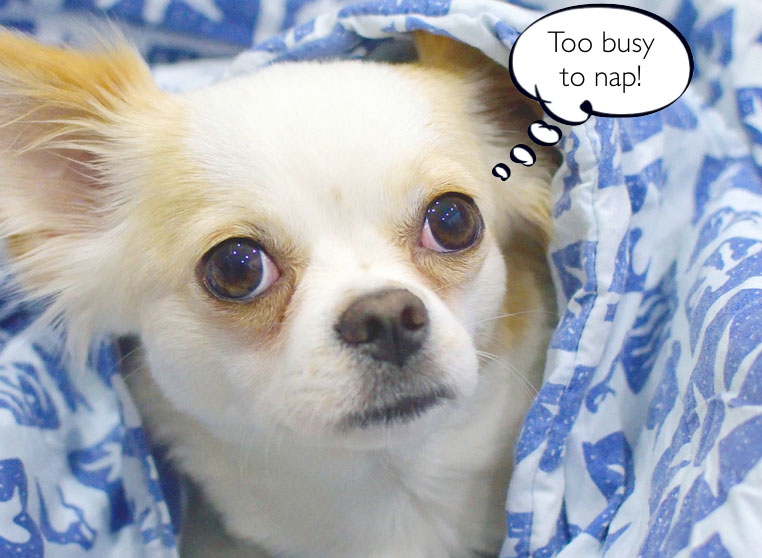
Our thoughts are often the biggest barrier to napping. If you find yourself thinking “But I’m too busy to nap!”, then that’s a sign that you need to stop what you’re doing and take a nap. The busier you are, the more you’ll benefit from a power snooze.
If you think napping is for lazy people, think again. Napping is something many creative and highly successful people do. It’s something the top violinists did in the famous Ericsson study on the role of deliberate practice in becoming an expert. The best violinists didn’t just practice for 4 hours a day but they also napped for longer periods than the other (less skilled) violinists.
4. Don’t worry about falling into a deep sleep
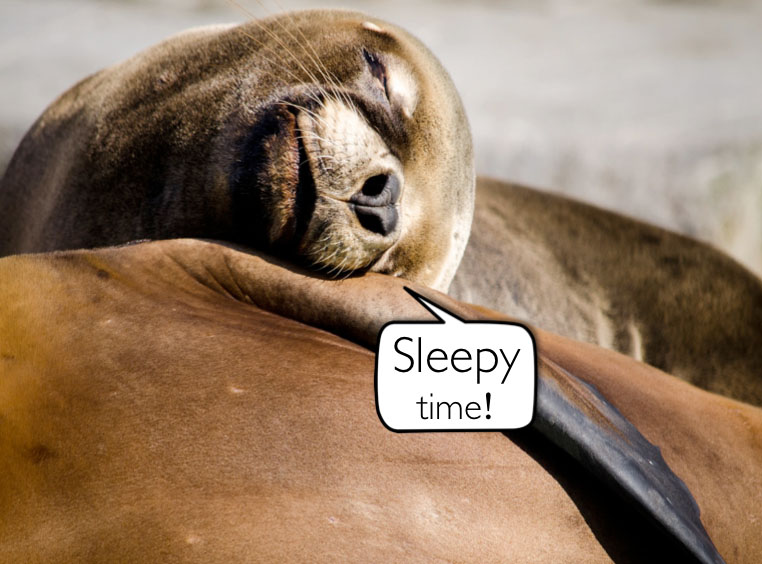
The most important thing is that you rest. Put your eye mask on, set a timer for 15-30 minutes and say to yourself ‘Sleepy time!’.
If you find yourself thinking about work, repeat to yourself again ‘Sleepy time!’. Now is the time to rest and recharge your brain.
To sum up
I encourage you to give yourself the gift of a nap each day. See what kind of difference this makes to your brain power and energy levels.
Do you enjoy taking a nap after school or work? How long do you typically nap for? What helps you to nap well? Let me know below!
Share This:
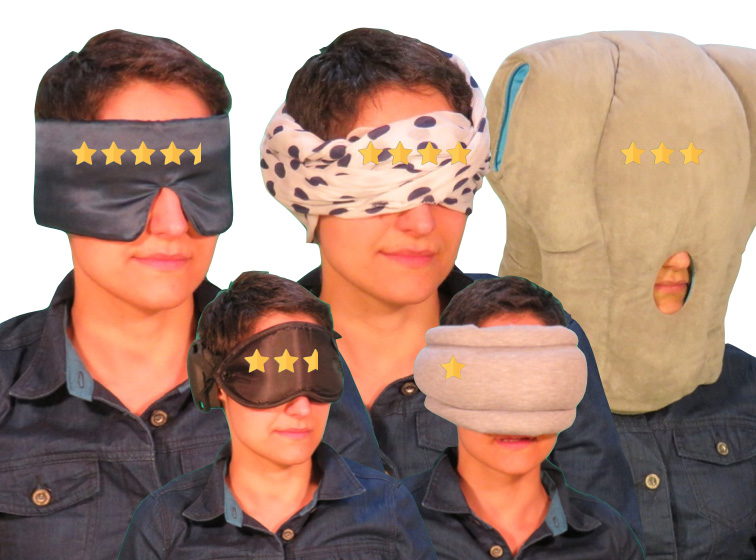
If there is one thing that can completely destroy the quality of your power nap, it’s light. So a good eye mask can be a game changer when it comes to power napping.
Below are five different light blocking devices I’ve tested and my thoughts on each one. I’ve listed the devices from least effective to most effective.
1. OstrichPillow Light
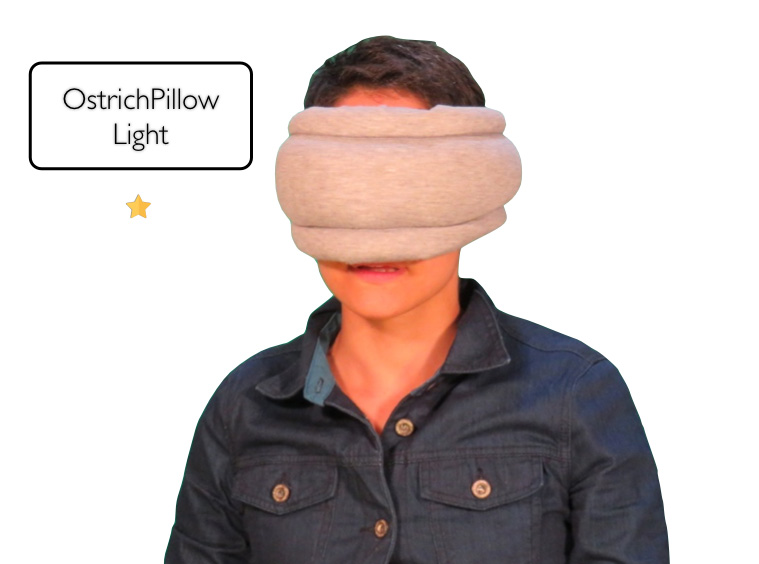
Pros
Cons
Star rating: 1 out of 5
2. The Hibermate
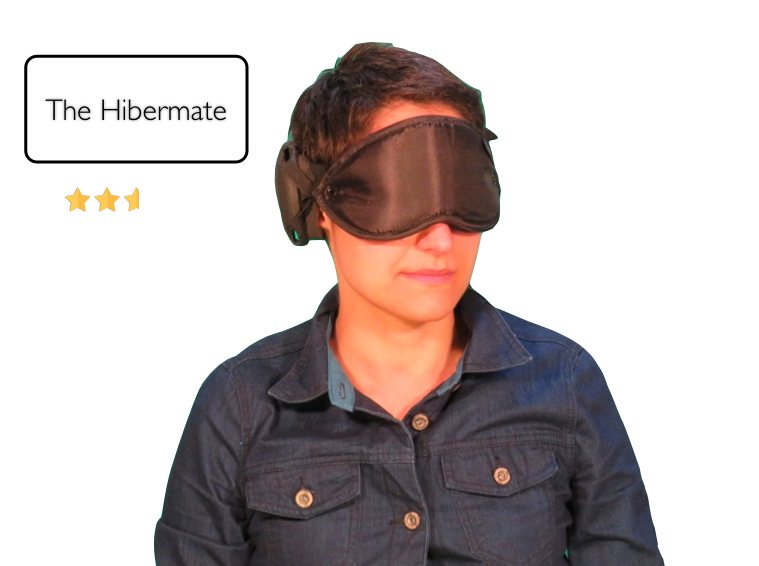
Pros
Cons
Star rating: 2.5 out of 5
3. OstrichPillow Original
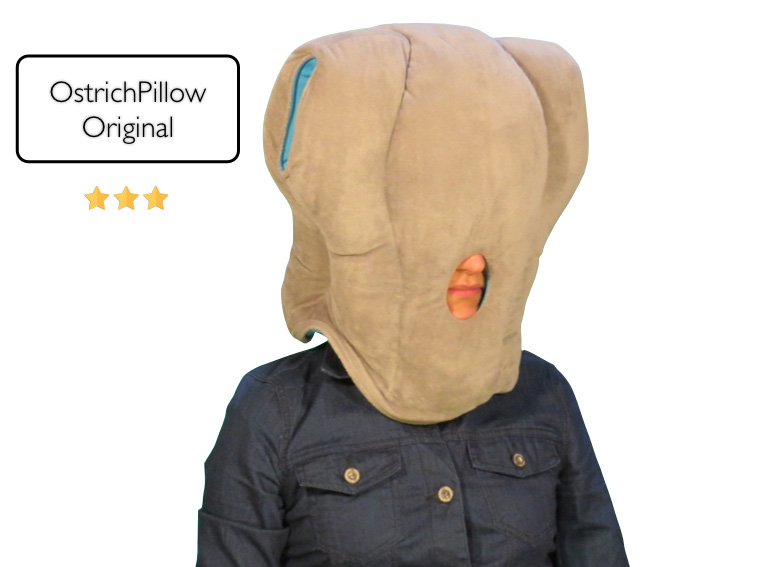
Pros
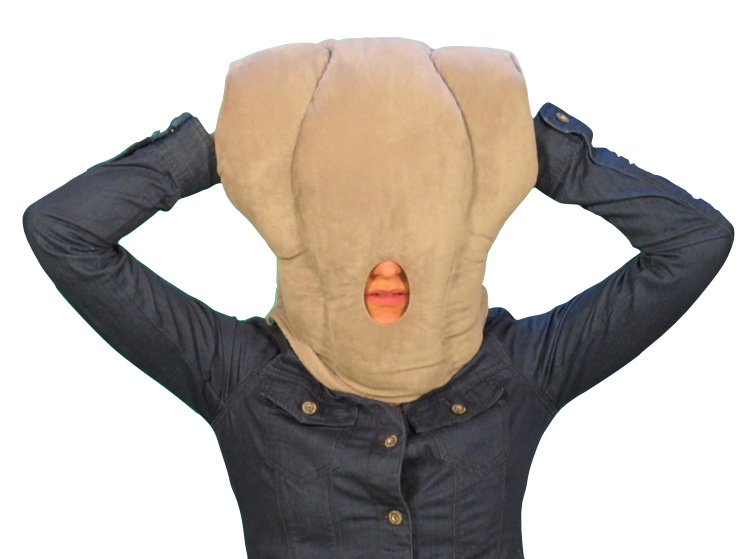
Cons
Star rating: 3 out of 5
4. A cotton scarf
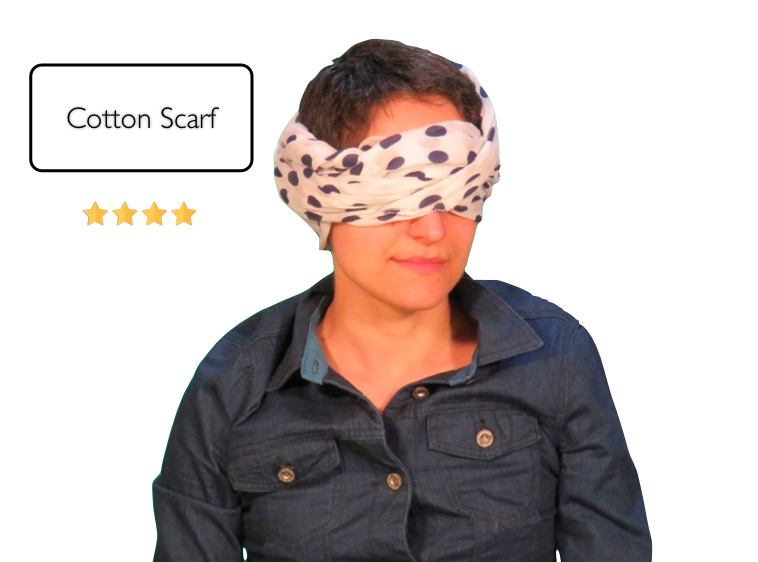
Pros
Cons
Star rating: 4 out of 5
5. The Sleep Master
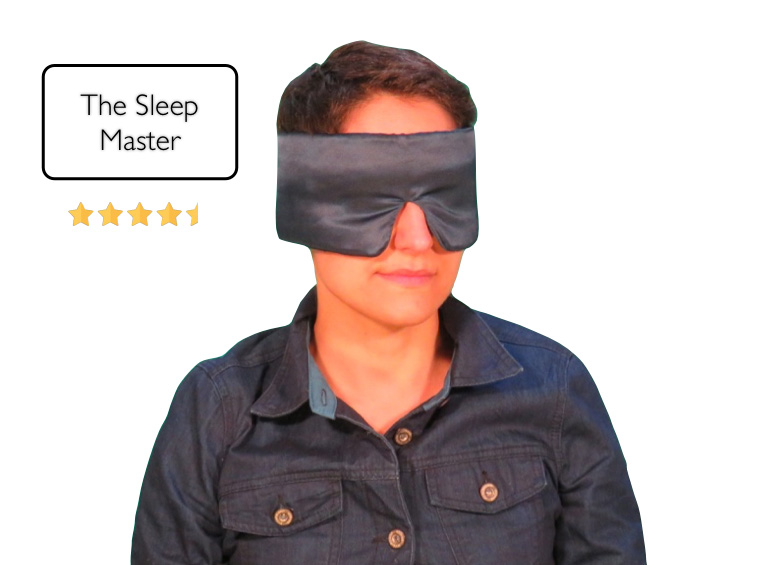
Pros
Cons
Star rating: 4.5 out of 5
To sum up
So there you have it! Five different eye masks to enhance (or destroy) your napping experience.
Some eye masks I recommend you avoid, whereas others like the Sleep Master are worth investing in if you’re seriously into napping. But at the end of the day, I didn’t find that there was much of a difference between a soft scarf and the Sleep Master.
My best advice: save your hard earned money and make do with a scarf!
Dr Jane Genovese delivers interactive sessions on learning to learn, combating procrastination, exam preparation, how to focus in the age of distraction, habit formation and much, much more!
Get FREE study and life strategies by signing up to our newsletter:
© 2024 Learning Fundamentals